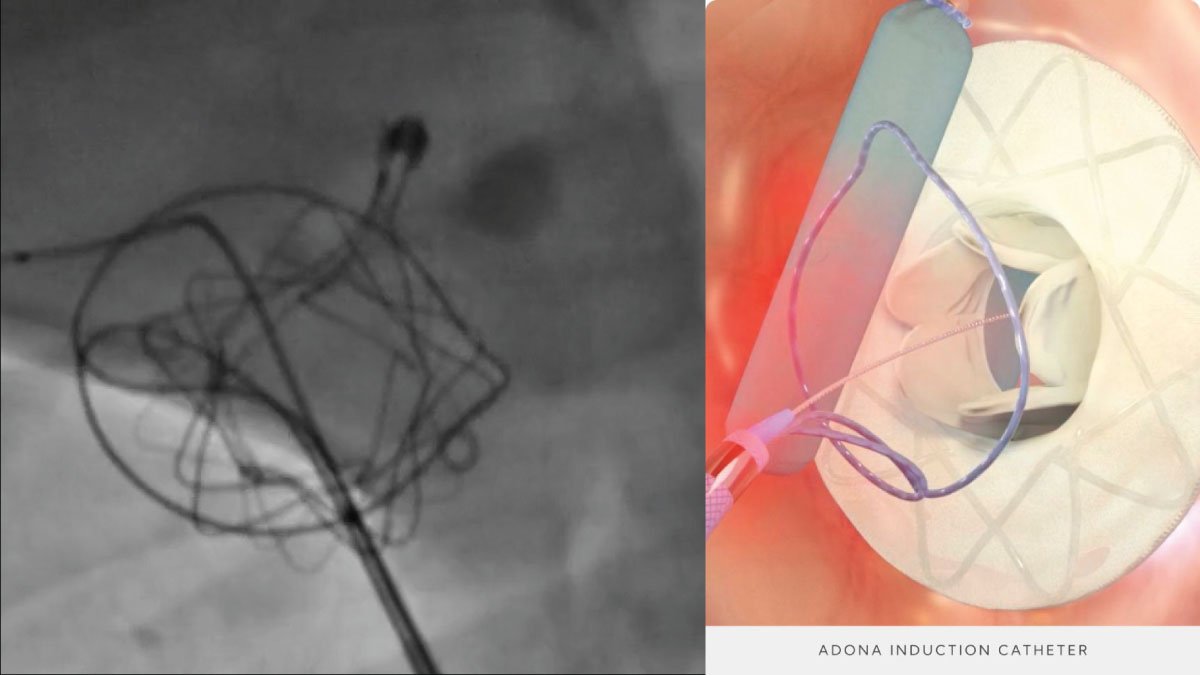Air-Powered Computer Revolutionizes Blood Clot and Stroke Prevention

A novel, inexpensive air-powered computer is set to revolutionize the healthcare sector by preventing the formation of blood clots and strokes. This cutting-edge tool provides a more secure and dependable method for observing and managing the circulation of blood in patients, marking a significant breakthrough in medical technology.
Revolutionizing Health Care: The Dawn of Air-Powered Computer
In a pivotal move, researchers have introduced an air-powered computer engineered to thwart the occurrence of blood clots and strokes. This affordable device, operating on pneumatic principles to monitor and regulate blood flow, signifies a major stride in the realms of safety and efficacy in medical technology. In contrast to conventional electronic solutions, this air-powered computer functions without the need for power, significantly diminishing the chance of malfunctions and boosting patient protection.
The device operates by employing air pressure to manage blood flow throughout implanted medical devices. This aspect is especially critical in instruments such as artificial hearts and ventricular assist devices (VADs), where maintaining an adequate blood flow is essential. Through the integration of air-powered computing, the system is capable of continuously gauging blood pressure and flow, making instant adjustments to avert the development of clots that could lead to strokes or other severe complications.
Implications for the Future of Medical Technology
The unveiling of this air-powered computer heralds a significant milestone in the progression of medical devices. As research and development progress, we can anticipate further enhancements in the design and performance of these systems. Advancements in future versions may encompass more advanced sensors and algorithms, enabling increased accuracy in the monitoring and regulation of blood flow.
Furthermore, the triumph of this technology could inspire the creation of additional air-powered innovations within the medical sector. By demonstrating the feasibility of utilizing pneumatic computing in critical healthcare applications, this innovation could encourage novel strategies in the design of medical devices, focusing on safety, dependability, and cost-efficiency.
Conclusion
The introduction of a low-cost, air-driven computer for the prevention of blood clots and strokes is a groundbreaking step forward in medical technology. This innovative device offers a safer, more secure alternative to traditional electronic systems, with wide-ranging applications across the healthcare industry. As the technology matures, it promises to establish new benchmarks for patient safety and care, transforming the approach to the prevention of life-threatening conditions such as strokes and blood clots.




















